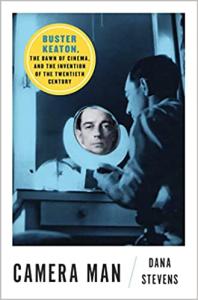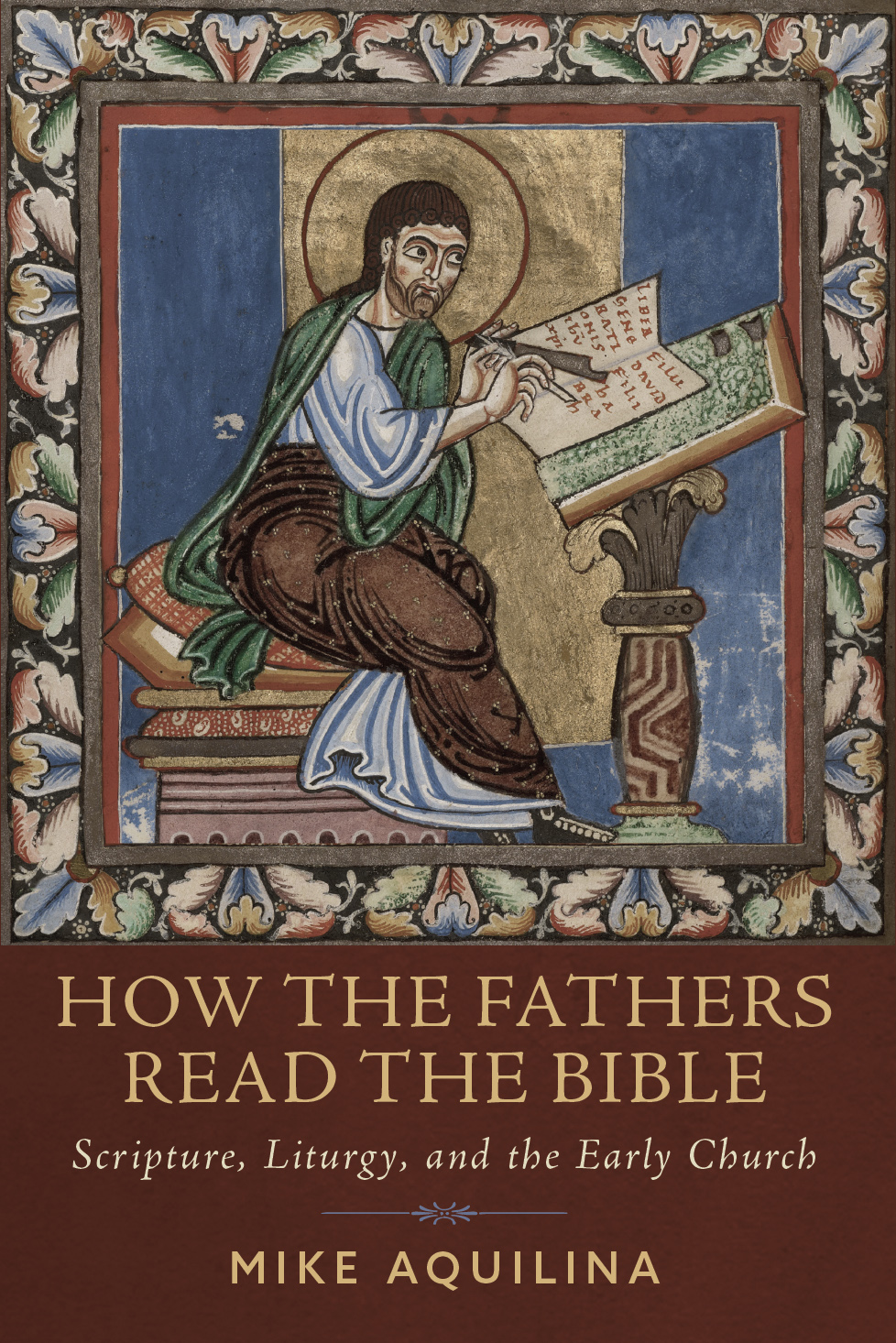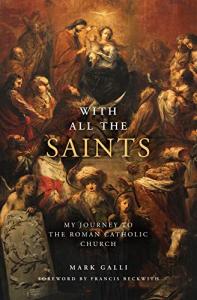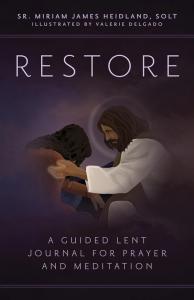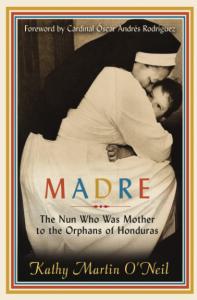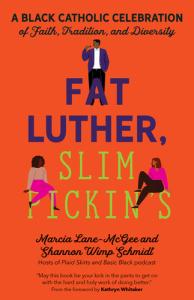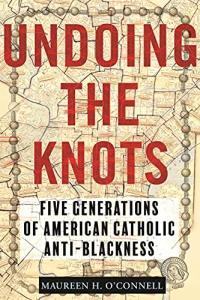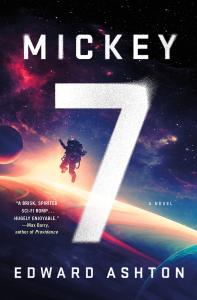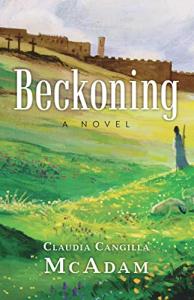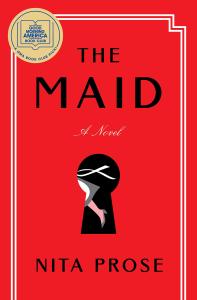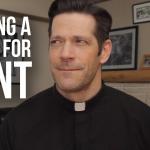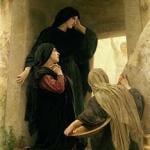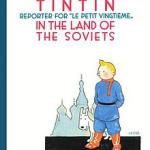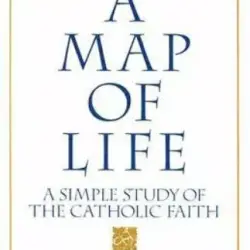Fiction Books
Mickey7 by Edward Ashton
THIS IS GONNA be my stupidest death ever. It’s just past 26:00, and I’m sprawled on my back on a rough stone floor, in a darkness so black that I may as well be blind. My ocular wastes a long five seconds hunting for stray visible-spectrum photons before finally giving up and flipping over to infrared. There’s still not much to see, but at least I can make out the roof of the chamber above me, glowing now in a pale, spectral gray, and the black ring of the ice-crusted opening that must have brought me here.
Question: What the hell happened? The last few minutes of my memory are fragmentary—mostly unconnected images and snippets of sound. I remember Berto dropping me off at the head of the crevasse. I remember climbing down along a broken jumble of ice blocks. I remember walking. I remember looking up, seeing a boulder jutting out of the ice about thirty meters up the south wall. It looked a little like a monkey’s head. I remember smiling, and then … … and then there was nothing under my left foot, and I was falling. Son of a bitch. I wasn’t looking where I was going. I was staring up at that stupid monkey-head rock, thinking about how I’d describe it to Nasha when I got back to the dome, and I stepped into a hole.
Stupidest. Death. Ever.
BECAUSE HE WAS a teenager, and teenagers take pleasure in exploring wacky ideas, Laz Hayerian had wondered since the sixth grade whether we are the same person when we wake up that we were when we went to sleep. Specifically, he wondered if he was the same person, because sometimes his dreams persisted in memory as if they had been real events. Did dream memories change him the way real memories did?
This always led to the deeper question: Since Laz had memories that came, not from dreams, but from timestreams he had stepped out of, did his intertwined memories of other realities make him less sane? Or more experienced? Or both?
Since, as far as he knew, no one else in the world had the ability to side step from one timestream to another, there was no one he could ask, and no philosopher who had written about it.
As he woke up this morning—morning?—he felt very strange, and it wasn’t the residual effect of some dream. He didn’t even remember dreaming. It was his own past that felt like a disjointed dream, as if sometime in the night his whole life played out in his mind, but completely out of order, an incoherent scattering of scenes, facts, feelings, people, places.
When he opened his eyes, he was in nearly complete darkness. Even on mornings at Dad’s place, there was always plenty of light that seeped around the curtains.
All he could see was a tiny amount of green light coming from a few inches to his left.
He was lying on a plastic mattress that felt no more cushioned than the pad in the bottom of a portable crib. Yet he didn’t feel any aches or sore spots, and when he flexed muscles up and down his body, nothing caused him pain.
So Laz did what he had always done since his earliest memories of childhood. He searched for the alternate paths through time that were always close enough for him to take hold and shift, changing the story of events in bold or barely perceptible ways. It didn’t matter which, as long as it got him into a place where things made more sense.
For the first time in his life he could not find any of the alternate timestreams.
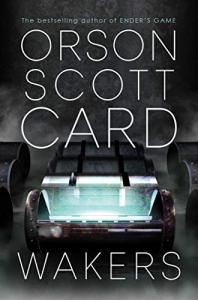
Our Daily Bread: A Rescue Sisters Story by Karina Fabian
Spending six months a year in space mining asteroids is tough, but for Personnel Supervisor Ray McHenry, there are compensations. His role as a Catholic deacon means the majority of the strong Catholics in the Company have flocked to Blair Asteroid Mining Station–the only station in the Company where weekly Eucharist provides solace and strength. When Blair’s shipment of Host is lost in an accident, Ray is ready for tough times–but not nearly as tough as when the Host start mysteriously multiplying.
Danny was a lapsed Catholic, and when his parents had found out he was going to be working with the one asteroid mining op that had a Catholic deacon, they’d contacted Ray to ask for his help. “We made him go to Confession,” his mother told him, “just in case you can change feelings change while he’s out there.” He figured Ray was a pretty good son to humor his parents that far, but it had put the young man on the defensive. You can’t avoid people, let alone, the Personnel Superintendent, on such a small operation, but Danny did his best to avoid Ray and the many other Catholics onboard. He probably thinks I’m using this as a way to coax him to the weekly communion service. Ray answered lightly, “God’s glory is everywhere, even in the dirt. It’s just easier to see out there.”
Danny looked up at the sky again, pondering.
“Yeah, it’s gorgeous. Think there’s anything quite as beautiful?”
“I can think of one,” he mused.
Connie, the moonlight on her face.
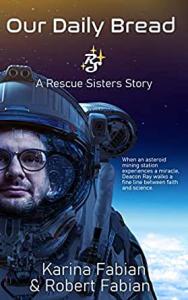
What the Fireflies Knew by Kai Harris
I find my book between the seat cushions and open to the first page. This gon’ be my third time reading this book bout Anne, the Green Gables girl. I wonder what a gable is, and why it’s s’posed to be green. I can’t always understand the kind of words she’s using cause nobody I know talks all proper like that, but in some ways, Anne is just like me, so it’s my best book. Besides, even if I don’t always get her way of talking, I like the sound of her words, all big and eloquent. Ever since I picked it from my school’s Lost and Found, I been reading bout Anne and even learning how to talk like her. I ain’t ever had too many books of my own, so when nobody at my school came for it, I did.
The sun was coming in at the window warm and bright; the orchard on the slope below the house was in a bridal flush of pinky-white bloom, hummed over by a myriad of bees. I roll the new words over my tongue slow like dripping honey. Myriad, myriad, myriad. Orchard, what is an orchard? Bridal flush of pinky-white bloom. Sometimes I try to use words like in my book, but when I do Nia teases me, saying I don’t even know what I’m talking bout. But even if me and Anne don’t look the same, we can still talk the same and be alike in other ways. I read six more pages bout Anne showing up in Avonlea and tryna fit in where she don’t belong; then there’s a loud clanking sound and the car slows down. Momma mutters a bad word under her breath, the one that starts with D. I said that word once, just to test it out when nobody could hear me. It felt good. I repeat it now in my head like a silent chant, once for each time our car has stopped working—maybe twelve since we got it bout a year ago—but at some point, I stopped counting. Seems like our old Dodge Caravan—nicknamed Carol Anne like the girl in that scary Poltergeist movie—breaks more than it works.
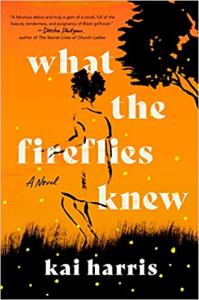
The Paradox Hotel by Rob Hart
Turns out, time travel is expensive. And this whole place—the hotel, the Einstein Intercentury Timeport, all the land that comes with it—is costing the government more than it’s earning. Even with richy-rich assholes ponying up hundreds of thousands of dollars to see the first-ever public showing of Hamlet or visit the Library of Alexandria, it’s not turning a profit. So the feds invited a bunch of trillionaires to make their pitches for taking it private.
Which raises a fun ethical question. The rules of time travel are rooted in the idea that we cannot and should not interfere with anything that’s already happened, lest we mess with the timestream, which could cause ripples and fluctuations that would be dangerous to the fabric of reality. But there’s no rule for interfering with something that hasn’t happened yet. In part because we haven’t cracked future travel, at least not beyond the occasional semischizophrenic mind trip. And according to the block model, any change I make to the future is one I’ve already made anyway, right? Which raises a lot of disconcerting questions about free will and determination, but I’ll leave those to the guys wearing leather patches on their elbows. I’m just here for a good time.
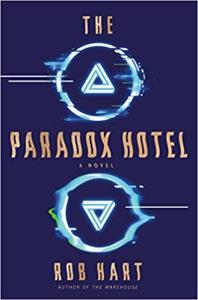
My name is Quinn Quicksilver—or “Cue-Cue” to the mean kids when I was growing up—but I can’t blame my parents because I don’t know who they are. Soon after birth, I was abandoned on a lonely highway, seven miles outside of Peptoe, Arizona, where 906 people pretended that the place where they lived was actually a town. Swaddled in a blue blanket, nestled in a white bassinet made of plastic thatching, I had been placed on the centermost of three lanes of blacktop, where I was found shortly after dawn. Although you might think that this was about as bad a start in life as one could have, I assure you it could have been worse. For one thing, this was coyote country. Had one of those creatures found me, it wouldn’t have suckled me as did the wolf that saved abandoned Romulus, the founder of Rome, but instead would have regarded me as a Grubhub delivery. I could also have been run over by an eighteen-wheeler and turned into pâté for vultures. Fortunately, I was found by three men on their way to work.
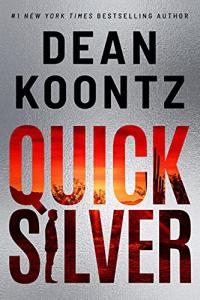
by Claudia Cangilla McAdam
Holy Terror: Stories by Cherie Priest
Few, if any of us, can truly rely on someone else to save our lives. We all have to make choices in the contexts we live in, and Cherie invites us to ponder some valid questions: What choices would you make if your context suddenly included zombies? Or nameless horrors in the woods? What if you were surrounded by cultists impervious to facts? What if you found a dragon? (It could happen. And if it does, after this you’ll be prepared.)
One of my favorite series by Cherie is her Maplecroft books, a reimagining of the true-life ax murders of Lizzie Borden combined with the Elder Gods mythos. They’re so well-done that I used passages from them to teach writing students how syntax can develop voice.
Two stories from Cherie’s popular Clockwork Century universe—“Clementine” and “Reluctance”—give me airships and steampunk fashion, and one offers a massive dose of zombie horror.
Settle in with something snuggly now, and maybe a cup of tea with honey—just in case your throat needs soothing after you’ve shouted at the characters in these stories to run. —Kevin Hearne
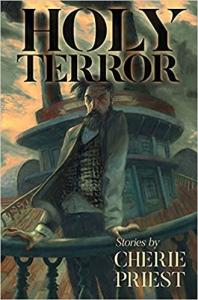
Non-Fiction Books
Go Back to Where You Came From: And Other Helpful Recommendations on How to Become American by Wajahat Ali
I learned early on that I always had to explain, educate, and at times defend my very being. I often became the token Pakistani and Muslim friend for many of my peers who had never met someone who fasted during Ramadan and didn’t eat pork. Once, I ordered a slice of pepperoni pizza and took off all the pepperoni except a small piece embedded in the side of the cheese. It was delicious, but for the rest of the week I felt like a cursed character in a Poe short story, wracked by guilt, convinced Allah would punish me. My friends were curious as to whether I’d go to hell if I ever ate pork. I assured my friends that the earth would not swallow me up whole if they poured bacon bits on my salad during lunch. (They did it anyway. I did not go to hell. Well, I haven’t . . . yet.)
I was always the odd duck. I went to an all-boys Jesuit Catholic high school in the Bay Area, where I dominated the yearly religious studies classes to the point that Father Allender almost wept when reading out the highest grades in the class: Wajahat Ali, the Muslim, followed by Kalyan, the Hindu. I carpooled with Brian, a Jew, Gaurav, a Hindu, and Allen, a Christian son of Nigerian immigrants. My America was a United Colors of Benetton ad.
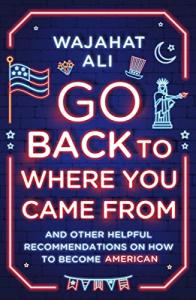
The Dumbest Generation Grows Up: From Stupefied Youth to Dangerous Adults by Mark Bauerlein
What have we done to them? “Them”— the Millennials, the first Americans to come of age in the Digital Age, the cutting edge of the tech revolution, competing like never before for college and grad school, ready to think globally and renounce prejudice and fashion their profiles to achieve, achieve, follow their passions and be all that they can be— but ending up behind the Starbucks counter or doing contract work, living with their parents or in a house with four friends, nonetheless lonely and mistrustful, with no thoughts of marriage and children, no weekly church attendance or civic memberships, more than half of them convinced that their country is racist and sexist. This is no longer the cohort that in 2010 was “Confident, Self-Expressive, Liberal, Upbeat, and Open to Change.” 1 It is a generation with a different theme: “53 Reasons Life Sucks for Millennials.”
And we— the educators, journalists, intellectuals, business and foundation leaders, consultants, psychologists, and other supervisors of the young— who flattered them as Millennials Rising: The Next Great Generation, cried, “Here Come the Millennials,” left them to their digital devices and video games and five hundred TV channels and three hundred photos in their pockets, fed them diverting apps and stupid movies and crass music, and stuck them with crushing student debt and frightful health-care costs, a coarse and vulgar public square, churches in retreat, and an economy of “creative destruction” and “disruptive innovation” (which the top 10 percent exploited, but the rest experienced as, precisely, destructive and disruptive), all the while giving them little education in history, art, literature, philosophy, political theory, comparative religion— a cultural framework that might have helped them manage the confusions.
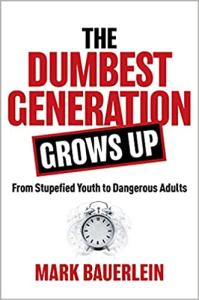
The Man from the Future: The Visionary Life of John von Neumann by Ananyo Bhattacharya
As a child, von Neumann absorbed Ancient Greek and Latin, and spoke French, German and English as well as his native Hungarian. He devoured a forty-five-volume history of the world and was able to recite whole chapters verbatim decades later. A professor of Byzantine history who was invited to one of von Neumann’s parties said he would come only if it was agreed they would not discuss the subject. ‘Everybody thinks I am the world’s greatest expert in it,’ he told von Neumann’s wife, ‘and I want them to keep on thinking that.’
The principal focus of von Neumann’s incredible brain, however, was neither linguistics nor history but mathematics. The mathematical contributions von Neumann made in the mid-twentieth century now appear more eerily prescient with every passing year. To fully understand the intellectual currents running through our century – from politics to economics, technology to psychology – one has to understand von Neumann’s life and work in the last. His thinking is so pertinent to the challenges we face today that it is tempting to wonder if he was a time traveller, quietly seeding ideas that he knew would be needed to shape the Earth’s future.
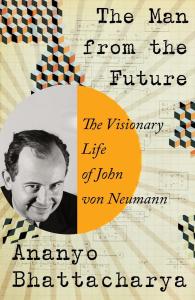
The Nineties by Chuck Klosterman
The boilerplate portrait of the American nineties makes the whole era look like a low-risk grunge cartoon. That portrait is imperfect. It is not, however, wildly incorrect. The decade was heavily mediated and assertively self-conscious, but not skewed and misshapen by the internet and social media. Its trajectory can be traced with accuracy. Almost every meaningful moment of the nineties was captured on videotape, along with thousands upon thousands of trivial moments that meant nothing at all. The record is relatively complete. But that deluge of data remained, at the time, ephemeral and unavailable. It was still a present-tense existence. For much of the decade, Seinfeld was the most popular, most transformative live-action show on television.
It altered the language and shifted comedic sensibilities, and almost every random episode was witnessed by more people than the 2019 finale of Game of Thrones. Yet if you missed an episode of Seinfeld, you simply missed it. You had to wait until it was re-aired the following summer, when you could try to manually record it on VHS videotape. If you missed it again, the only option was to go to a public archive in Los Angeles or Manhattan and request a special viewing on eight-millimeter videotape. But of course, this limitation was not something people worried about, because caring that much about any TV show was not a normal thing to do. And even if you did, you would pretend you did not, because this was the nineties. You would be more likely to claim that you didn’t own a television.
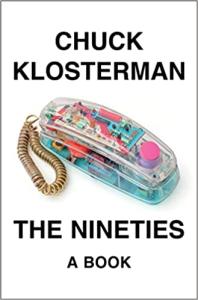
Walking the Bowl: A True Story of Murder and Survival Among the Street Children of Lusaka by Chris Lockhart, Daniel Mulilo Chama,
But despite all the reasons for writing this book and all the time and preparation it took to immerse ourselves in Lusaka’s street culture, we could never have anticipated the events that actually occurred. In a lot of ways, it felt like we were pursuing other stories when all along the real one was unfolding right beneath our feet. We missed it because we were so focused on exposing the overwhelming structures and forms of violence that street children have to deal with every day. But that ended up being only half the story.
Eventually, we came to understand the other half: how small acts of kindness, passed on to others, can make a difference in the face of seemingly insurmountable odds. The children themselves had a lot to do with teaching us this part of the story. They had to show us how small, good things can accumulate and become increasingly powerful and interconnected, like a snowball rolling downhill, smashing everything in its path. That is how we became part of the story too—because we didn’t anticipate any of this until that snowball smashed into us and left us speechless at the wonderment of it all, like children ourselves.
In the end, we think the final story managed to stay true to our earliest motivations, but it also grew into something beyond our wildest expectations. If you were to ask us what we hope you learn from this book, we would say we hope you learn a little bit about the day-to-day lives and realities of street children and a great deal about the power of the smallest good deed.
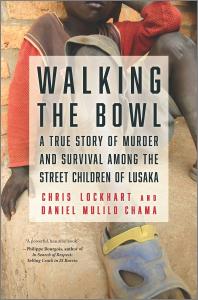
The Last Slave Ship: The True Story of How Clotilda Was Found, Her Descendants, and an Extraordinary by Ben Raines
A secret beneath the murky waters of an Alabama swamp has been revealed. One hundred and sixty years after she was burned and sunk to hide evidence of a ghastly crime, the wreck of the Clotilda— the last ship to bring enslaved Africans to America— was finally discovered. The ship has haunted those associated with her final voyage for generations. This is the story of that ship, the people shaped by her complex legacy, and the healing that began on both sides of the Atlantic when her wooden carcass finally came to the surface.
Joycelyn Davis’s ancestors were among those chained in the Clotilda’s hold on July 9, 1860, smuggled into America under the cover of night by a man named Timothy Meaher, who’d made a bet on the eve of the Civil War that he could import a load of enslaved people from Africa despite a federal law outlawing the international slave trade. After successfully returning to Alabama from Ouidah, one of Africa’s most notorious slave ports, in modern-day Benin, with 110 captives, Meaher and his confederates immediately tried to destroy the Clotilda to escape prosecution. Though the fire failed to fully consume the ship before it sank, their efforts were enough to hide it from view and allow them to escape punishment.
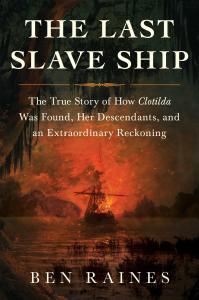
Eating to Extinction: The World’s Rarest Foods and Why We Need to Save Them by Dan Saladino
The rich profusion of diversity, provided by nature and guided by human hands, is not just one of the most beautiful features of our food and farming history. We nurtured diversity because we needed it and, in the creation of cuisines and the evolution of cultures, we have celebrated it. In the village of Büyük Çatma in eastern Turkey, in the harshest, wettest, coldest winters, no other crop produced as much food. What’s more, countless cooks experimented with the grain and used its distinctive textures and tastes to craft recipes, creating what we might refer to today as a food culture.
Wherever you look in human history, all communities had their own versions of Kavilca, life-giving foods that forged identities or inspired rituals and religions, such as gods made of maize in Central America and oranges believed to repel spirits in South Asia. Whether plants or animals, these were unique genetic resources, all adapted to their place in the world. You can multiply Kavilca’s story a million times, for each and every seed stored inside Svalbard, for all the ancient breeds of farm animals that still exist, and for every traditional style of cheese and bread made around the world. Each one of these foods is a piece of human history.
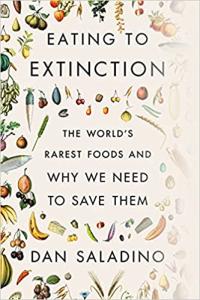
How to Be Perfect: The Correct Answer to Every Moral Question by Michael Schur
I became interested in moral philosophy when I began the work of creating a TV show called The Good Place. If you’ve seen it, you’ll recognize many of the ideas in this book because we explored them on the show. If you haven’t seen it, (a) how dare you insult me like that, (b) I’m just kidding, and (c) don’t worry! Because the whole point of this project is to take you on the journey I went on, from a guy who knew almost nothing about this subject to someone who could write a book about it.
(Or at least, convince Simon & Schuster that I could write a book about it.) I fell in love with ethics for a simple reason: Nearly every single thing we do has some ethical component to it, whether we realize it or not. That means we owe it to ourselves to learn what the hell ethics is and how it works, so we don’t screw everything up all the time. We share this planet with other people. Our actions affect those people. If we care at all about those people, we ought to figure out how to make the best decisions we can.
Another thing I love about ethics is: It’s free! You don’t need to apply for a license to be ethical, or pay an annual fee to make good decisions. Think of the world as a museum, and ethical rules as a volunteer museum worker, standing silently in a green sport coat, hands clasped behind her back. We’re all walking around the museum looking at art (in this metaphor: morally confusing situations), some of which we understand and some of which we definitely don’t, because it’s all swirly and abstract and confusing. And when we see something we don’t know how to interpret, we can just ask the nice lady in the green sport coat what we’re looking at and what it means, and she’ll tell us, for free! I mean, we could just nod thoughtfully and pretend we understand it— a time-honored tradition, in both art museums and life— but there’s just gonna be more confusing stuff in the next room, so we might as well get some help making sense of whatever we’re looking at now.

I picture Buster Keaton’s entrance into history as being something akin to the no-nonsense opening of The High Sign. This shaggy, mildly absurdist two-reel comedy would be the first film made by the Buster Keaton Studio (though he chose to hold its release until the following year, deeming his second independent short, the now-venerated One Week, to be a more auspicious debut). After that jauntily existential opening title, a train hurtles across the frame from left to right— even as early as 1920, that direction of onscreen movement was shorthand for a vehicle that was outward bound, “on its way”— as our hero is flung from an open car by an unseen assailant. Has he failed to produce a ticket? Displeased a traveling companion? No matter. Scrambling to his feet and adjusting his flat hat, he sets off, luggage-less but resolute, to find his way in the dusty American railroad town into which he seems to have been chucked.
Eighteen ninety-five was quite a year to be alive in the world, let alone hurled into it from out of Nowhere. It was one of those times in history when the era that was passing and the one about to come seemed locked together like the teeth in a pair of gears, readying for the transfer of energy between them.
